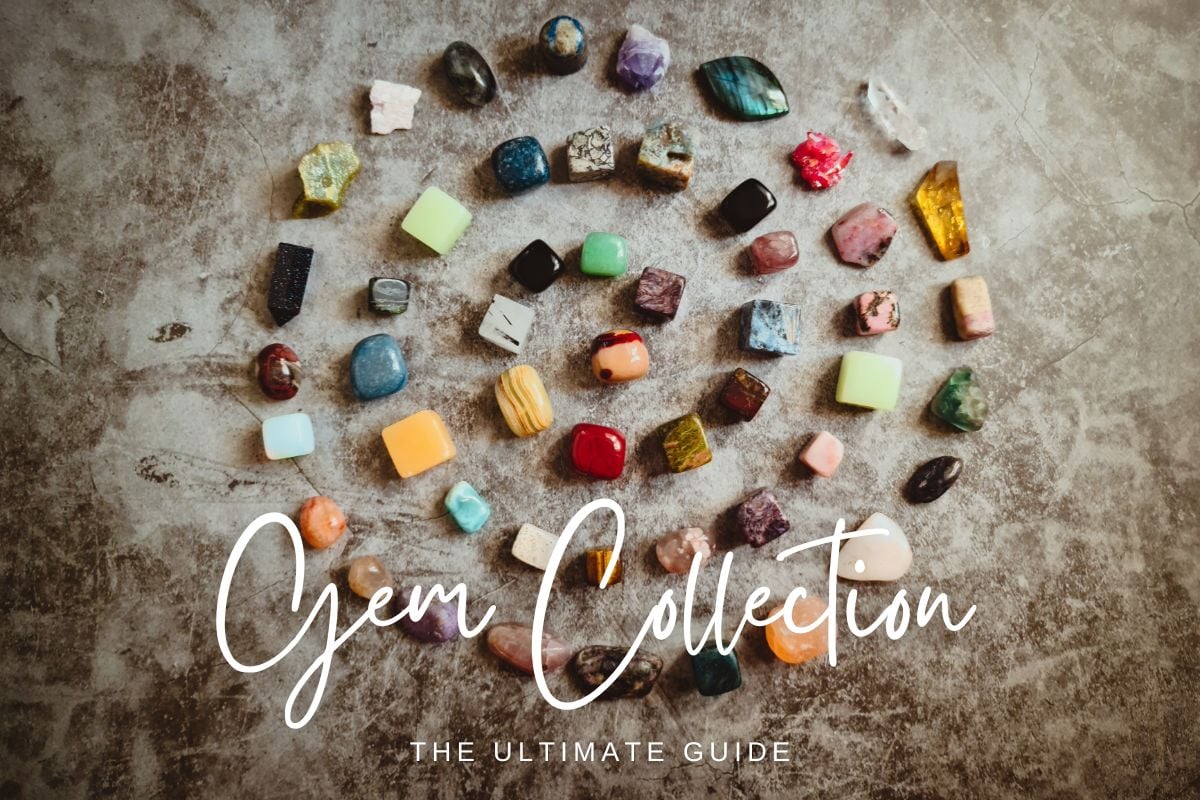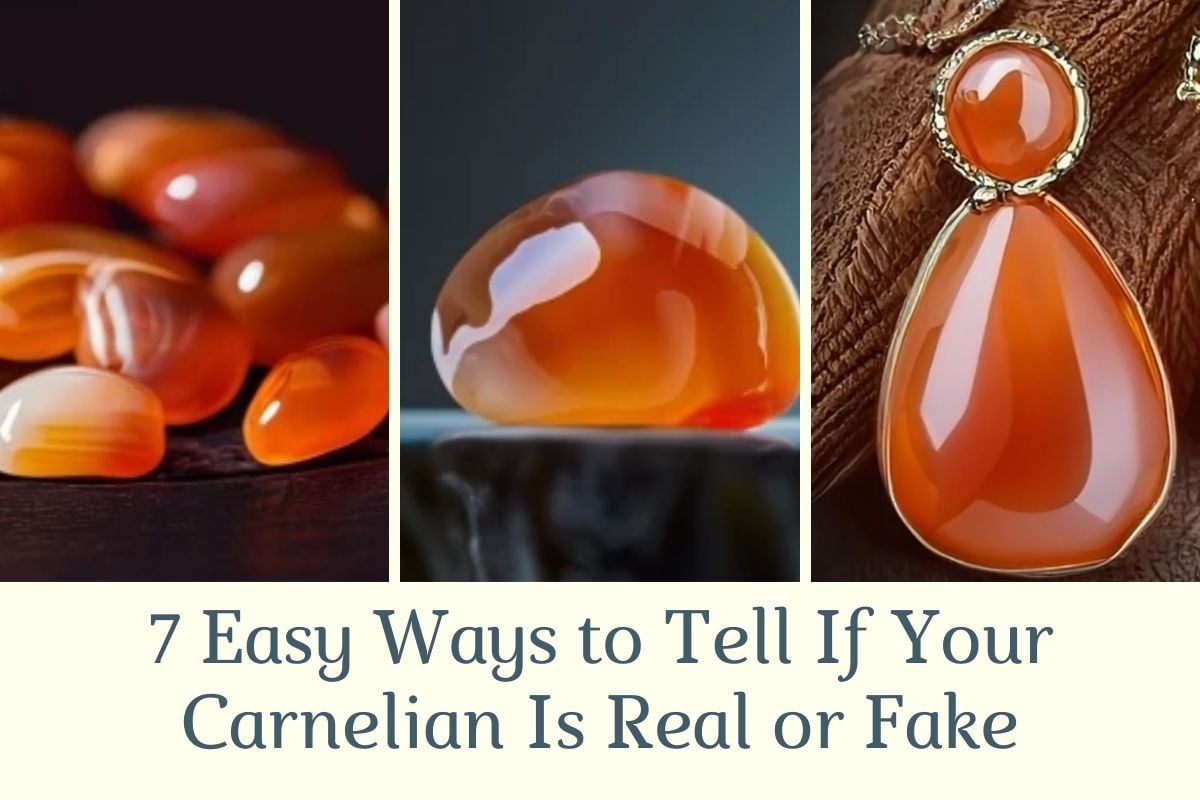Friendship bracelet have always been the rage regardless of the decade, and this year isn’t any different. DIY bracelets have become possible with the help of the Internet, especially with apps and websites providing free help like friendship bracelet string length calculator, and more.
3 string friendship bracelet projects abound on YouTube as well, and there are plenty of creative bracelet projects in books and similar media. If you are interested in making bracelets at home, you’ve come to the right place.
It is always a great idea to pick the best type of string for DIY bracelet projects since the number of options has increased exponentially over the years. Let’s take a look at the different kinds of strings that you can use for creating stunning bracelets with a minimum cost at home.
Contrary to common belief, DIY bracelet enthusiasts are not limited to using extensible cords on their bracelets. In reality, you can use pretty much any material that can hold beads or can be woven easily, depending on the type of bracelet that you want to create.

Table of Contents
Types of string for friendship bracelets (conventional and innovative)
Innovative strings
Cords
Perhaps the best type of material for bracelets is leather cords because they can also be used for other kinds of jewelry, like necklaces.
Leather cords provide a sort of bohemian feel to bracelets, but they are certainly tougher to weave and knot, so if you are after a material that doesn’t look like the more traditional 3 string friendship bracelet, then this would be it.
Wrap bracelets are made with leather cords. Faux leather cords, on the other hand, look exactly like genuine leather cords but are cheaper and easier to acquire. The only downside to these cords is they don’t have the same cold resistance as genuine leather.
On the upside, faux leather cords are machine-made, which means you are going to get a lot of consistency in terms of cord thickness, which is definitely a positive note when you are experimenting with different kinds of bracelets.
The cotton cord, on the other hand, is spun from cotton and then layered with wax. This is a good choice if you dislike the idea of using faux or genuine leather.
Cotton cords have the added benefit of being easier to knot and secure, and it also provides sufficient water resistance so you can wear your friendship bracelet all day and not worry about it being soaked with sweat, rain, or dishwater. And finally, we have the hemp cord.
Hemp cords are made from hemp, one of the toughest fibers around. In recent years, industrial hemp has gotten a lot of attention because they grow at an unprecedented rate and they can provide durable materials for textiles, too. Both cotton cords and hemp cords are ideal for DIY jewelry making and are excellent for beginners, too. Their price points aren’t bad, either!
Elastic strings
Elastic strings
have been around for a long, long time and are conventionally used for making bracelets. They may not be ideal for weaving a 3 string friendship bracelet, but you can innovate all the same using this easy to use the material.
What makes elastic strings a practical choice for people who aren’t used to creating bracelets at all is they are very straightforward and only require the additional purchase of colorful beads so you can load the string with the pattern that you want. Any bracelet can be called a friendship bracelet if you think about it, so create away.
RELATED POST: How Long Should Friendship Bracelet Strings Be?
Conventional strings
Embroidery threads
Embroidery threads
are used for needlework and associated crafts and activities. However, this also makes this thread perfect for weaving a 3 string friendship bracelet. The soft embroidery thread is easy on the hands and they come in so many colors that it is impossible for you to run out of ideas.
Combine multiple colors for added effect and you will be able to create the most unique and special 3 string friendship bracelet you have ever seen. Embroidery threads are ideal for creators who prefer working with thinner threads. Thinner threads can be woven more finely, but they also pose the risk of being easier to unravel, which can also ruin a perfectly good bracelet.
Pearl cotton
As the name implies, pearl cotton
is manufactured from pure cotton and these threads come in different thicknesses or gauges. As a rule of thumb, and for the best results, it would be best to select the gauge that is ideal for making bracelets. This would always be in the thinner range. In the case of pearl cotton, gauges 3 to 8 would be ideal for a 3 string friendship bracelet. The thinner you go, the more delicate the threads become, and if you aren’t used to weaving the threads, you can unravel a portion of them during creation.
But nevertheless, don’t let this stop you from experimenting. Combining different thread thicknesses can actually help you create stunning pieces that don’t look like your regular 3 string friendship bracelets.
Crafting thread
Crafting threads are synthetically made and do not have the same physical structure as pearl cotton or embroidery threads. With this in mind, we do not recommend that you combine this type of string with others made of textile fibers, like cotton.
The main advantage of crafting thread is it’s very cheap and you can buy a lot of it off of the Internet for a few bucks. The problem with them is you can’t expect a lot of tensile strength from something that is so inexpensively made, so it’s imperative that you be very careful while weaving with crafting threads. If possible, switch to something more durable instead. This would be a “last resort material” in our analysis.
Crocheting yarn
Yarns
are used primarily for crocheting, and they get their strength when they crisscross each other in a crocheted object. On their own, they present little tensile strength but they can still be used to create a 3 string friendship bracelet. They also come in so many colors and are inexpensive, so experiment away.
RELATED POST: How Do You Make Bracelets With String?









